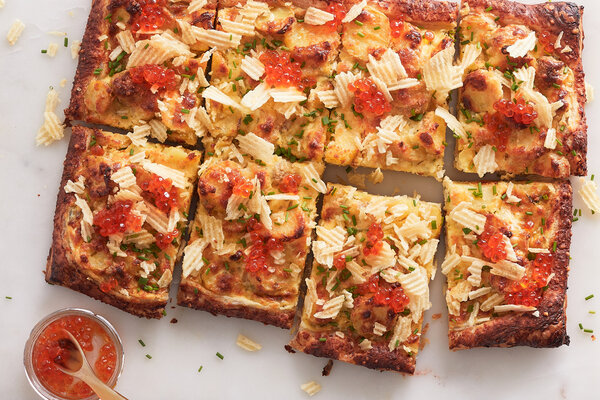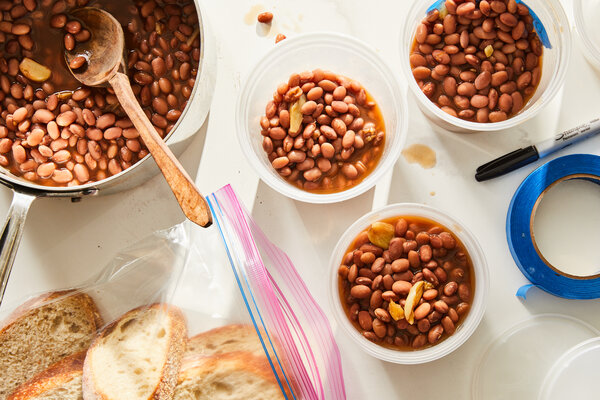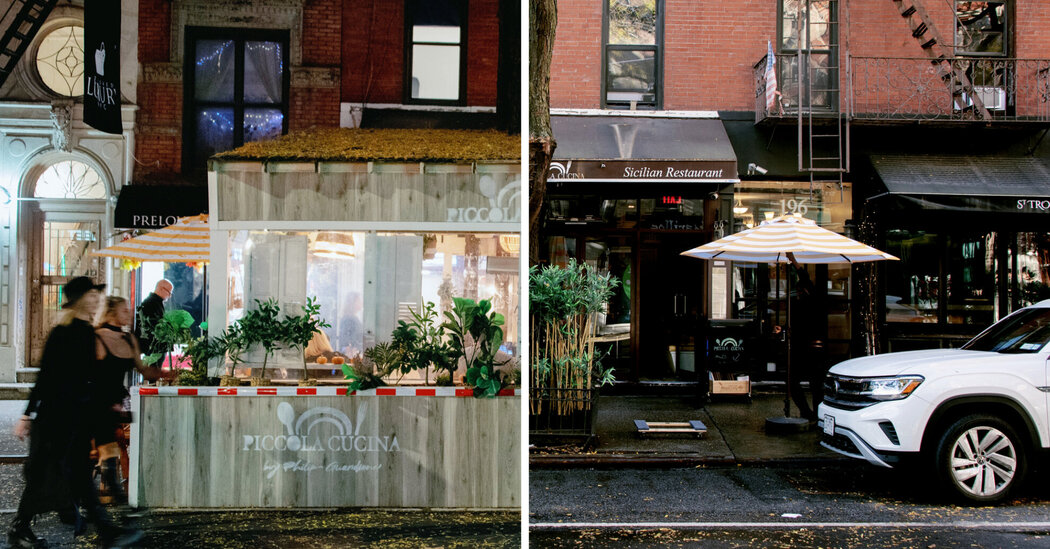As Americans crowd around the television to watch the Kansas City Chiefs and the San Francisco 49ers play the Super Bowl in Las Vegas, they’ll dunk chips in salsa, guacamole, queso, chili and seven-layer dip. They’ll scarf down jalapeño poppers and Frito pie as cameras pan between touchdowns and Taylor Swift.
The appetizers are almost as important as the game. And many of the favorites have roots in one of the country’s most popular cuisines: Tex-Mex. These dishes and snacks have become fixtures throughout the United States over the last century thanks to clever food marketing, expanded production and distribution, and sheer deliciousness.
Many of these foods, like chili and enchiladas, were staples of Native American and Mexican American home cooking along the Texas border. In the late 19th century and throughout the 20th, these recipes were adapted to prevailing tastes, said Adán Medrano, the author of several cookbooks, including “Truly Texas Mexican: A Native Culinary Heritage in Recipes.”
“Tex-Mex is an Anglo invention created by Anglos for Anglos,” he said. “It’s an imitation of Texas-Mexican food.”
Nachos, for example, were created by Ignacio Anaya (his nickname was Nacho) in the 1940s at a restaurant in Piedras Negras, Mexico, when he baked tortilla chips with cheese and topped it with jalapeños for some women who asked for food as the restaurant was closing, Mr. Medrano said. Mr. Anaya was inspired by the quesadillas his aunt made him with corn tortillas.
But the nachos we know today, with glops of warm, emulsified yellow cheese, were popularized by Frank Liberto, who served them for the first time at a Texas Rangers baseball game in 1976, Mr. Medrano said.
Fritos were most likely invented in the 1930s by Gustavo Olguin, who placed an advertisement in the San Antonio Express in 1932, hoping to sell his corn-chip business. Charles Elmer Doolin, a businessman, bought it for $100.
In 1939, the company published “Fritos Book of Recipes,” which showed various ways to use the chips, said Christina Ward, the author of several books, including “American Advertising Cookbooks: How Corporations Taught Us to Love Spam, Bananas and Jell-O.” She said that a number of recipes “include Fritos as part of the dish or menu suggestions like putting a bowl of Fritos out.” Mr. Doolin eventually partnered with the H.W. Lay & Company in 1945, and in 1961 the companies merged to form Frito-Lay.
Ro-Tel — which sold more than five million of its cans during last year’s Super Bowl compared with about three million in a normal week — began printing recipes for chile con queso on the back of the containers in 1949, Ms. Ward said. The recipes printed on these and other companies’ cans were often shortcuts for more traditional ones, and taught Americans how to incorporate processed foods into their meals. In 1988, Ro-Tel and Kraft became marketing partners, advertising a queso made with Velveeta and Ro-Tel’s diced tomatoes and chiles.
American cheeses began to be used more frequently in Tex-Mex cooking in the 1980s, when the federal government distributed cheese that was similar to Velveeta, Richard Flores told Robb Walsh, a cookbook author, in an interview. Mr. Flores’ mother used the cheese in enchiladas.
As football’s popularity grew, so did the consumption of these processed foods, promoted in TV commercials that eventually became an essential part of each Super Bowl. “It’s become a cultural event where people are looking at corporations and corporate products to entertain them,” Ms. Ward said.
Dishes like the Frito pie took off because of the snack’s association with Texas high school football, said Mr. Walsh, who wrote several cookbooks including, “The Tex-Mex Cookbook: A History in Recipes and Photos.” Concession stands already sold hot dog toppings like chili, jalapeños, onions and cheese, so they started layering them inside Frito bags. These were called “walking tacos.”
The origins of Frito pie are open to debate. Some people point to Daisy Doolin, the mother of the Frito mogul, as the creator. Others think it may have been invented at a Woolworth store in Santa Fe, N.M., in the 1960s, even though a recipe had been published in a Texas cookbook in 1949. Regardless, Frito pie is widely beloved in the Lone Star State.
“It’s part of growing up in Texas,” said Tom Micklethwait, an owner of Micklethwait Craft Meats BBQ and Catering, in Austin. He put the pie on the menu as a side when he opened the restaurant more than a decade ago; there it’s topped with a meaty Texas chili, Wisconsin Cheddar, homemade crema and brisket.
The restaurant started its own Super Bowl tradition: Mr. Micklethwait makes sheet trays of Frito pie for his employees to take home.
“You never grow out of it,” he said.







